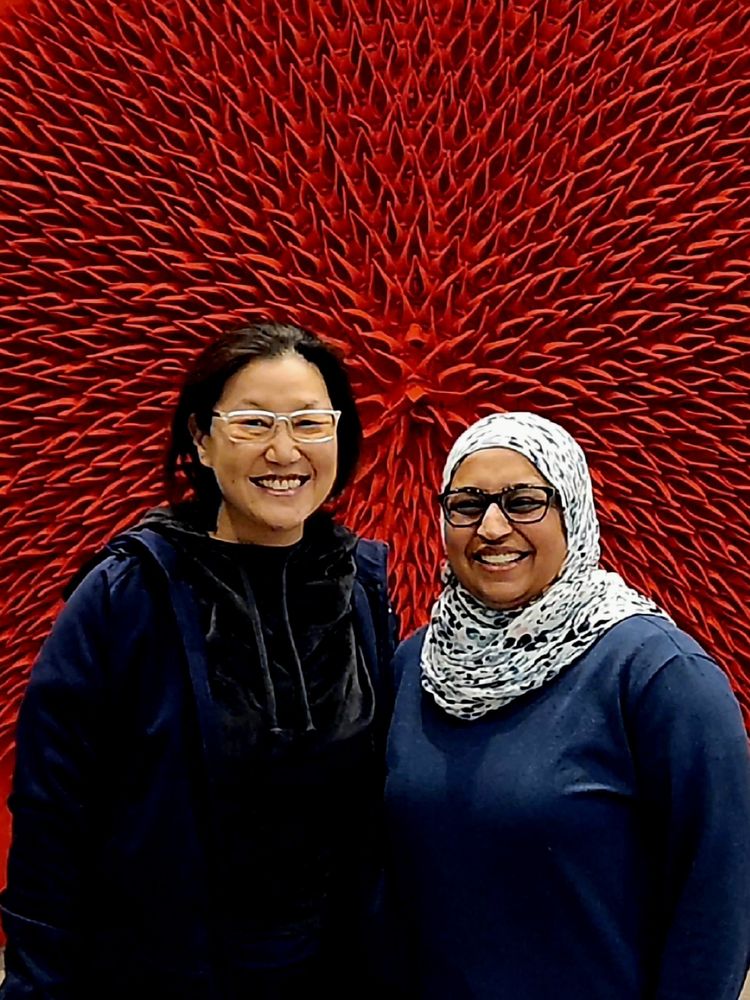@hyunkomd.bsky.social
34 followers
32 following
64 posts
Posts
Media
Videos
Starter Packs
Examining barriers to implementation—dataset diversity, software variability, and lack of prospective validation—this R3 Explains article offers a roadmap to bridge radiomics research with true clinical impact. r3journal.org/doi/10.2214/...
www.youtube.com/watch
www.youtube.com/watch

Vegemite, crocodiles, and koalas.
This isn't a trip to the zoo, it's @hyunkomd.bsky.social explaining different types of radiomics textures.
r3journal.org/doi/10.2214/...
www.youtube.com/shorts/zH9xI...
This isn't a trip to the zoo, it's @hyunkomd.bsky.social explaining different types of radiomics textures.
r3journal.org/doi/10.2214/...
www.youtube.com/shorts/zH9xI...
YouTube
Share your videos with friends, family, and the world
www.youtube.com
Reposted
AJR
@ajrradiology.bsky.social
· 11d

False-Negative Screening and Diagnostic Mammograms in the National Mammography Database From 2010 to 2022 | AJR
Background: False-negative (FN) mammograms typically delay breast cancer diagnoses and may impact clinical outcomes. However, systematic evaluations of FN mammograms are challenging to conduct due to interval cancers' low incidence. Objective: To evaluate the rates of FN screening and diagnostic mammograms in the National Mammography Database (NMD), and to assess associations of FN rates with patient- and facility-level characteristics. Methods: This retrospective study included all screening and diagnostic mammograms in the NMD performed from January 1, 2010, to December 31, 2022. Patient- and facility-level factors were extracted from the NMD. FN mammograms were defined as those with a negative result in a patient with a tissue diagnosis of breast cancer within the subsequent 1 year. FN rates per 1000 examinations were computed. Separate multivariable analyses were performed to identify associations with FN results for screening and diagnostic examinations. Results: The analysis included 38,304,525 mammography examinations in 15,585,433 women (mean age, 58.8±11.7 years). Of 32,267,238 screening examinations, the FN rate was 1.9 (minimum, 0.7 in 2010; maximum, 2.5 from 2020 to 2022). Of 6,037,287 diagnostic examinations, the FN rate was 4.0 (minimum, 2.3 in 2010; maximum, 5.4 in 2020). In multivariable analysis for screening examinations, the likelihood of a FN examination was lower for race categories other than White (OR=0.30-0.95), higher for breast density categories other than almost entirely fatty breasts (OR=1.60-2.00), higher for women with personal (OR=3.69) or family (OR=1.29) history of breast cancer, and higher for academic or university-based facilities (OR=1.37); for diagnostic examinations, the likelihood of a FN examination was lower for race categories of Asian (OR=0.91) and Hawaiian (OR=0.77) and higher for a race category of Black (OR=1.12), lower for Hispanic patients (OR=0.70), higher for heterogeneously (OR=1.46) or extremely (OR=1.86) dense breasts, higher for women with personal (OR=7.82) or family (OR=1.31) history of breast cancer, and higher for academic or university-based facilities (OR=1.37). Conclusion: Rates of FN screening and diagnostic mammograms increased over time and showed significant associations with patient and facility characteristics. Clinical Impact: Exploration of the causes of the observed associations could inform quality assurance efforts to reduce the risk of delayed breast cancer diagnoses.
ajronline.org
Reposted
Reposted
So lucky to have met @hyunkomd.bsky.social at #arrs25 and then be able to spend some wonderful time together in Melbourne. Thx for the introduction @arrsradiology.bsky.social!
Best weekend time
visiting #Melbourne
Grateful for the #radiology community and #LumusImaging for inviting @cynxinwu.bsky.social to hop across the pond.
visiting #Melbourne
Grateful for the #radiology community and #LumusImaging for inviting @cynxinwu.bsky.social to hop across the pond.
Reposted
Reposted
Reposted
Reposted
Reposted
Reposted
AJR
@ajrradiology.bsky.social
· Aug 6

How to Prepare for, Survive, and Recover From a Cybersecurity Attack: A Guide for Radiology Practices—AJR Expert Panel Narrative Review | AJR
In an era of persistent and evolving cyberthreats that pose serious risks to patient safety, institutional integrity, and regulatory compliance, healthcare organizations, particularly radiology departments, must adopt a proactive stance toward cybersecurity. Radiology departments are particularly vulnerable to cyberattacks due to their dependence on often legacy and insecure digital imaging systems, as well as a reliance on network connectivity and specialized software. This AJR Expert Panel Narrative Review offers a strategic roadmap for healthcare institutions to prepare for and survive cybersecurity attacks, with a focus on the unique vulnerabilities within medical imaging systems that radiology departments must address. Real-world threats, ranging from PACS network exploitation to DICOM data manipulation, ransomware disruptions, and the consequences of inaction are examined. Emphasis is placed on practical defense mechanisms including layered security architecture, regular vulnerability assessments, employee training, and incident response simulations. The insights are intended to inform a defense-indepth strategy incorporating physical, technical, and administrative safeguards aligned with HIPAA and other regulatory standards. Overall, this guide for radiology practices seeks to align technical controls with operational resilience, to aid practices in detecting, containing, and recovering from cyber-incidents with minimal disruption to patient care.
www.ajronline.org
























